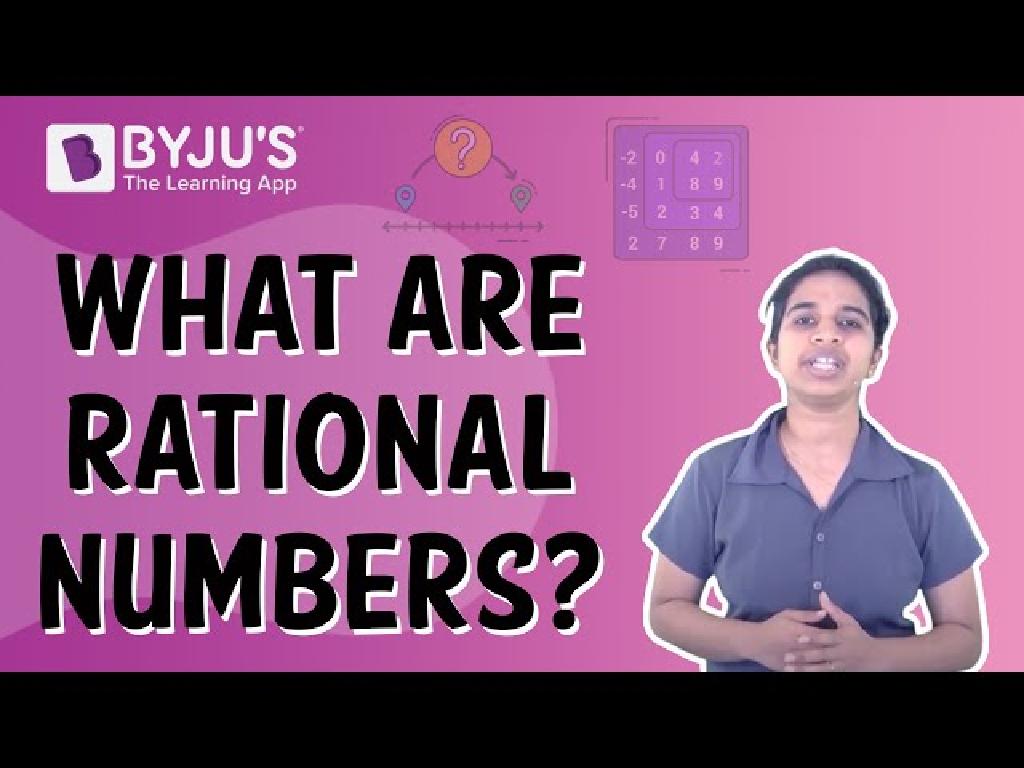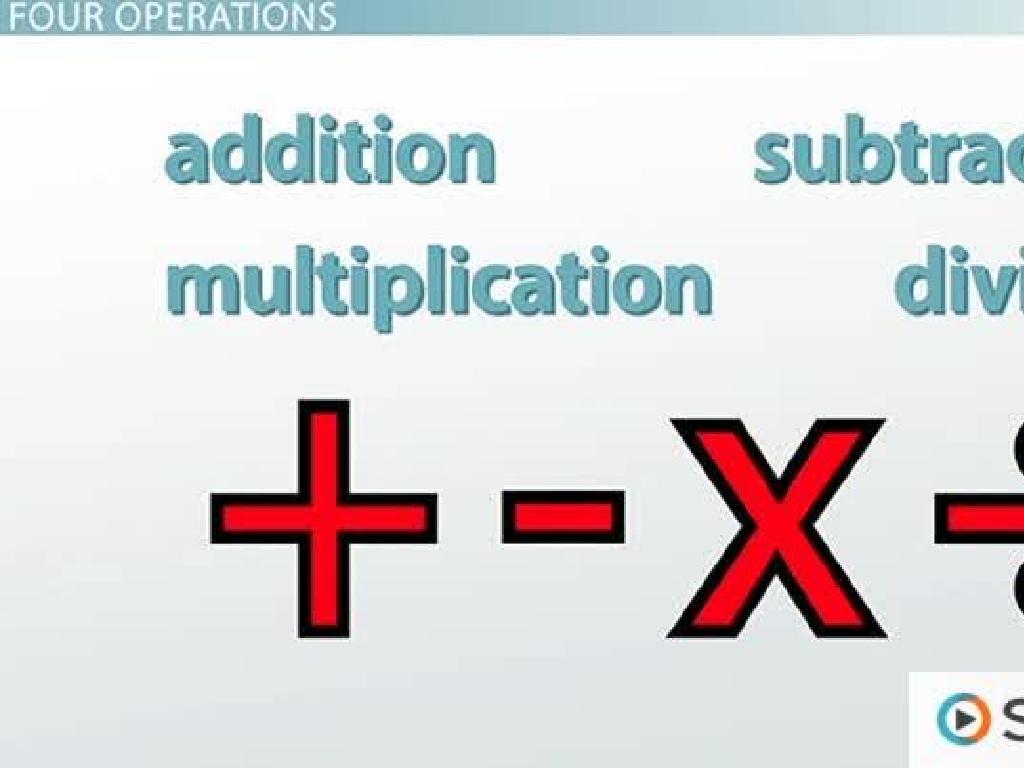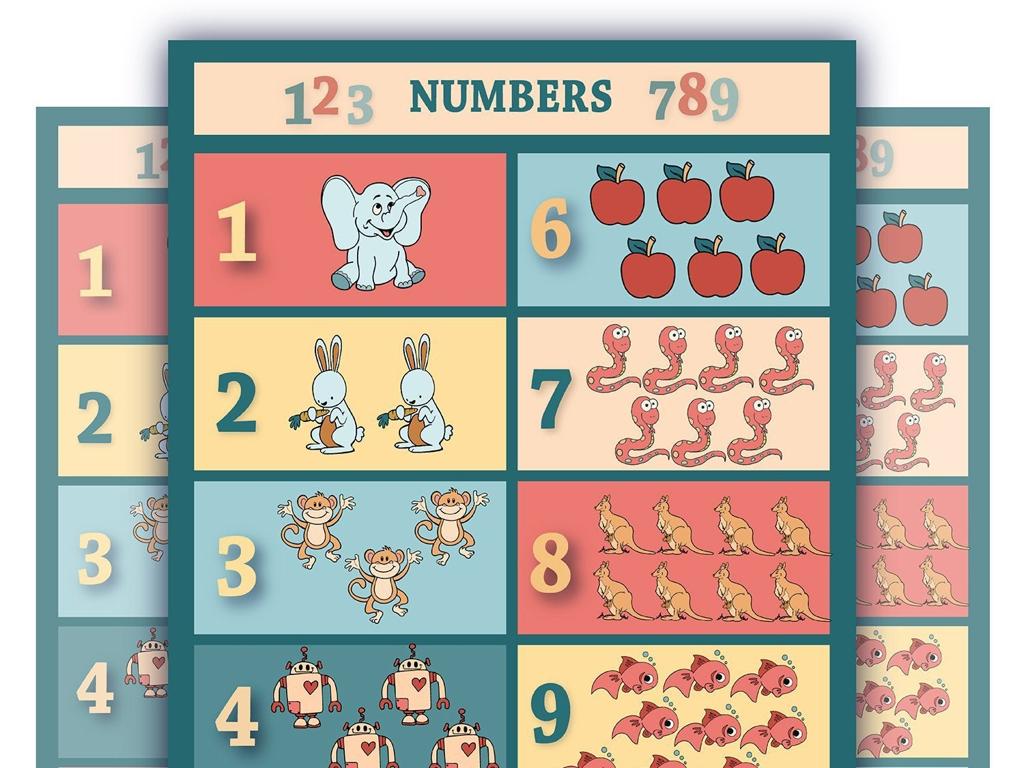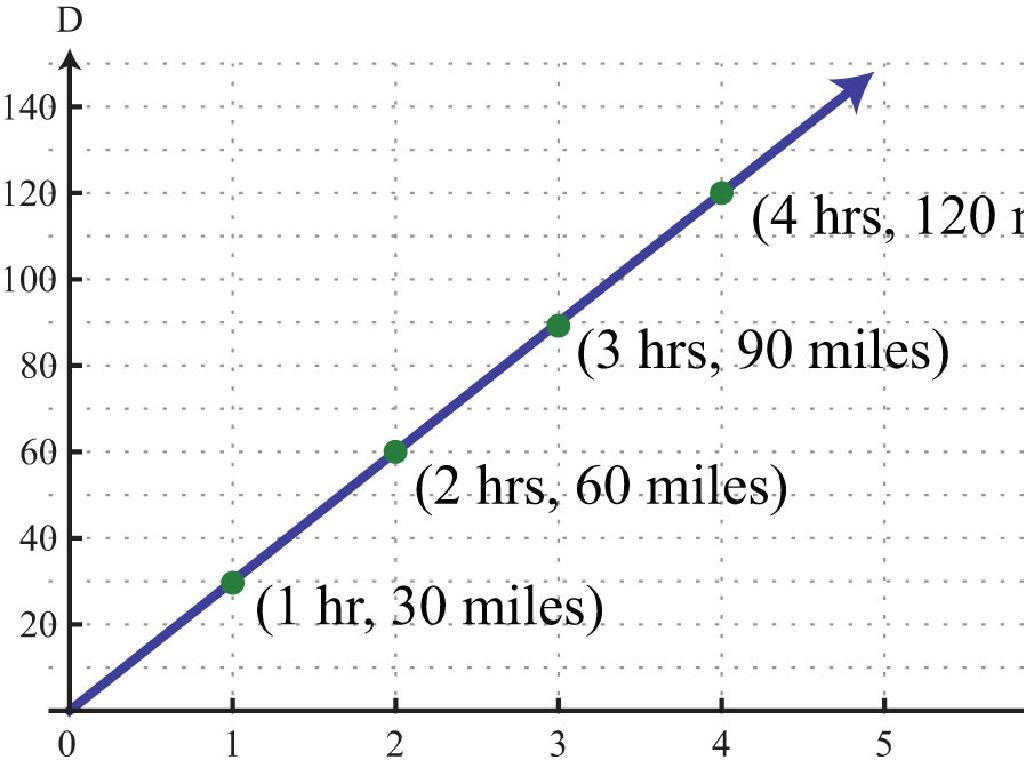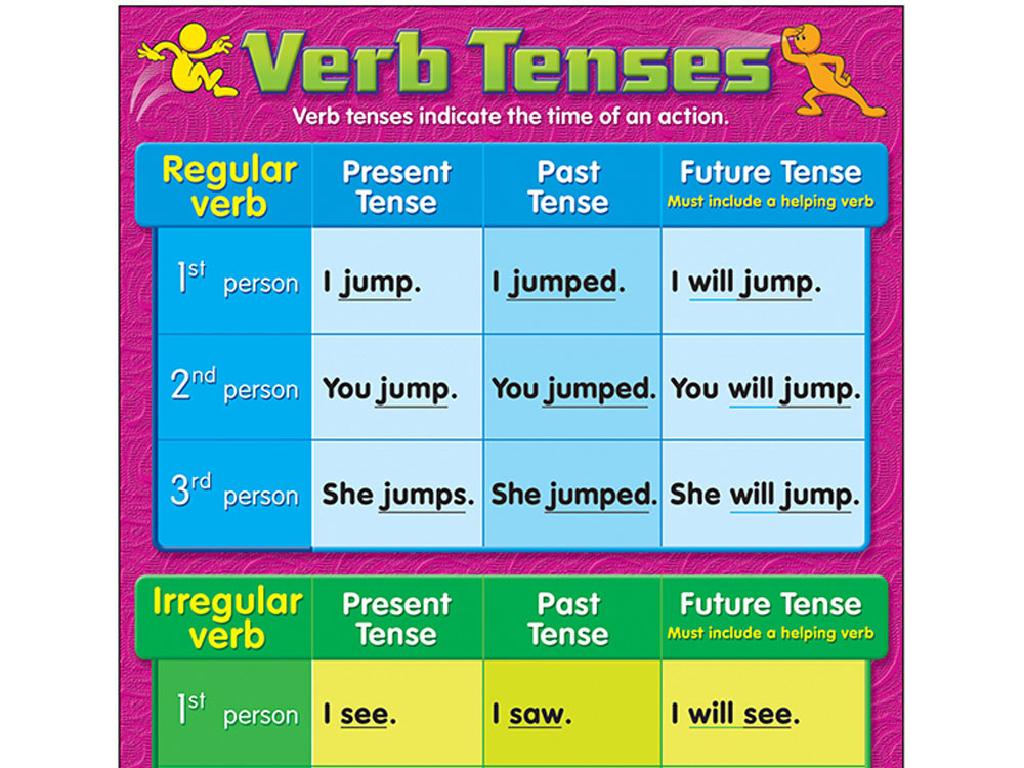Subtract With Cubes - Numbers Up To 5
Subject: Math
Grade: Pre-k
Topic: Subtraction Up To 5
Summary: Introduce Pre-K learners to subtraction using colorful cubes in this hands-on math lesson focused on numbers up to 5. Through interactive examples, students will explore the concept of "taking away" by removing cubes and counting what's left. Engaging activities, games, and relatable stories help children visualize subtraction in action. With fun practice and simple visuals, young learners build foundational math skills while enjoying an interactive and playful learning experience.
Please LOG IN to download the presentation. Access is available to registered users only.
View More Content
Welcome to Subtraction with Cubes!
– Greetings, little mathematicians!
– Learn to take away with cubes
– Using cubes, we’ll remove some and count the rest
– Subtraction means taking some away
– If we have 5 cubes and take 2 away, how many are left?
– Let’s see how many are left
– Practice with different numbers of cubes up to 5
|
This slide introduces Pre-K students to the concept of subtraction in a tangible and visual way by using cubes. Start by greeting the students warmly to capture their attention. Explain that subtraction is simply the process of taking some items away from a group and then finding out how many items remain. Use physical cubes to demonstrate this concept, as hands-on activities are very effective at this age. For example, show them 5 cubes, remove 2, and ask the class how many are left. Encourage the students to use their cubes to follow along and to practice subtracting different numbers of cubes, always totaling up to 5. This will help them understand the concept of subtraction through a fun and interactive activity.
Learning Subtraction: Taking Away Cubes
– Subtraction means taking away
– Like when you have 5 cookies and eat 2, you have 3 left.
– Start with a number, then take some away
– If you have 5 cubes and remove 2, you’ll have 3 cubes left.
– Let’s practice with cubes!
– We’ll use cubes to see subtraction in action!
|
This slide introduces the concept of subtraction to Pre-K students using a tangible method—cubes. Explain subtraction as the process of taking something away from a group. Use real-life examples like cookies to make it relatable. Demonstrate with cubes by starting with a certain number and physically removing some to show the result. This visual and hands-on approach helps young learners grasp the concept of subtraction. During the activity, guide the students to subtract using cubes, starting with numbers up to 5 to keep it simple. Encourage them to count the remaining cubes after taking some away to find the answer.
Subtracting with Cubes: Let’s Practice!
– Using cubes to learn subtraction
– Start with 5 cubes, then take 2 away
– Example: 5 – 2. Remove 2 cubes, how many left?
– Count the cubes that are left
– After removing cubes, we count the remaining ones
– Practice subtraction with cubes together
|
This slide introduces the concept of subtraction to Pre-K students using a hands-on approach with cubes. Start by explaining that subtraction means taking away some items from a group and then counting what’s left. Demonstrate with 5 cubes and physically remove 2, showing the students the result is 3 cubes. Encourage the students to practice with their own sets of cubes. Provide guidance and ensure they understand by asking them to explain the process back to you. Prepare to assist students who may struggle with the concept of ‘taking away’ and reinforce learning with positive feedback.
Let’s Subtract Together!
– Starting with 5 cubes
– Take away 3 cubes
– How many cubes left?
– After removing 3, we count what’s left.
– Count remaining cubes together
– We’ll count 1, 2. So, 5 minus 3 leaves us with 2 cubes!
|
This slide is designed to introduce the concept of subtraction in a tangible and interactive way. Start with 5 physical cubes visible to the students. Physically remove 3 cubes while the students watch, and then ask the question to engage them in thinking about the result. Encourage the students to count the remaining cubes aloud together to reinforce the concept of subtraction. This activity helps to solidify the understanding that subtraction is the process of taking away and finding out what is left. Make sure to praise their effort and correct counting, and repeat the activity with different numbers of cubes if time allows.
Your Turn to Subtract with Cubes!
– Now it’s your turn to try!
– Use cubes for subtraction
– Take a small number of cubes and subtract from a bigger pile
– Subtract, then count the remainder
– If you have 5 cubes and take away 2, how many are left?
– Understand subtraction with cubes
– Subtraction means taking away from a group
|
This slide is an interactive activity for students to practice subtraction using physical cubes. Encourage the children to pick a certain number of cubes, then physically remove a smaller number from their pile to see what they’re left with. This hands-on approach helps them visualize the concept of subtraction. Make sure they count the remaining cubes after each subtraction to reinforce the concept. Offer guidance as needed and praise their efforts to build confidence. Possible variations of the activity could include subtracting different numbers of cubes, using colored cubes for visual differentiation, or pairing students to practice together.
Subtraction Story with Cubes
– Start with 4 cubes
– Give 1 cube to a friend
– How many cubes left?
– Use the cubes to see subtraction in action
– Count the remaining cubes
– After giving 1 away, count what’s left
|
This slide introduces the concept of subtraction through a simple story that Pre-K students can easily understand and visualize. Start by showing the students 4 physical cubes. Explain that they are giving 1 cube to a friend, which is an act of subtraction. Ask the students to predict how many cubes will be left. Then, have them physically remove 1 cube and count the remaining cubes to find the answer. This hands-on activity helps them grasp the concept of ‘taking away’ in a tangible way. Encourage the students to tell their own subtraction stories using different numbers of cubes up to 5.
Cube Subtraction Game
– Start with a pile of cubes
– Listen for a number to remove
– Take away that many cubes
– Count the cubes left over
– If I say take away 2 and you had 5, how many are left?
|
This interactive game is designed to help Pre-K students understand the concept of subtraction in a tangible and engaging way. Start by giving each student a small pile of cubes (up to 5). As you call out a number, students will remove that number of cubes from their pile. They will then count and tell you how many cubes they have left. This activity reinforces the subtraction process and number recognition. For the teacher: Prepare different scenarios in advance, ensuring that the numbers called out do not exceed the number of cubes the students have. Encourage students to visualize the subtraction by physically removing the cubes and then recounting the remaining ones. This hands-on approach helps solidify the concept of ‘taking away’ in their minds.
Review: Subtraction with Cubes
– Subtraction means taking away
– Cubes show us how subtraction works
– If we start with 5 cubes and take 2 away, we see 3 cubes left
– Count remaining cubes for the answer
– After taking cubes away, we count what’s left to find our answer
– Practice with examples together
|
This slide is a recap of what we’ve learned about subtraction using cubes. Subtraction is the concept of taking away from a group, and we use physical cubes to make this concept clear and tangible for Pre-K students. By removing a certain number of cubes and then counting what remains, students can visually and practically understand the result of the subtraction. It’s important to walk through several examples together, using different numbers of cubes up to 5, to reinforce the concept. Encourage the students to use their fingers to count and to visualize the subtraction process. The goal is to make them comfortable with the idea of ‘taking away’ and understanding that the number of items decreases as a result.
Goodbye and Great Job!
– Fantastic subtraction work today!
– Keep practicing with cubes at home
– Use your cubes to subtract numbers up to 5
– Show your family how you subtract
– Share what you’ve learned with your family
– Excited to see you next time!
|
As we wrap up today’s lesson on subtraction with cubes, praise the students for their hard work and encourage them to continue practicing at home. Remind them to use their cubes to subtract numbers up to 5 and to demonstrate their new skills to their family members. This will help reinforce what they’ve learned in class and build their confidence in their mathematical abilities. Looking forward to our next session, keep the excitement for math alive by expressing your eagerness to see their progress and explore more fun math activities together.

